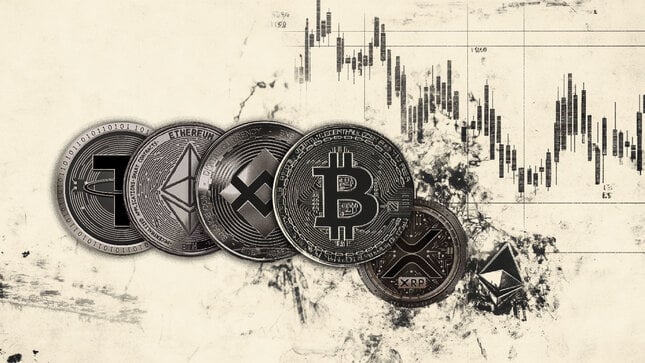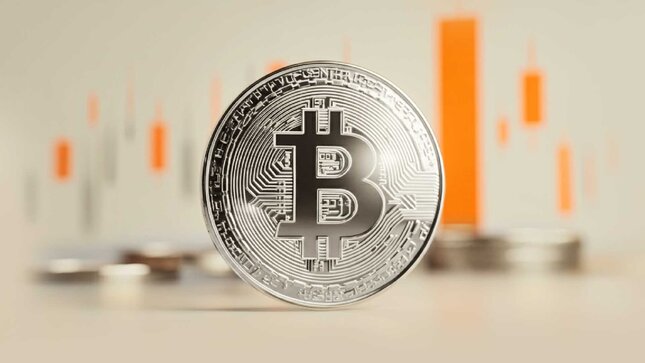Automated trading in the foreign exchange (FX) market is rapidly transforming the financial landscape, with technologies like Galileo FX at the forefront of this revolution. This new phenomenon leverages sophisticated algorithms to execute trades based on pre-set criteria, aiming to optimize trading efficiency and outcomes without the need for constant human intervention.
The core of automated FX trading is its ability to operate 24/7, capitalizing on opportunities in the volatile and fast-paced forex market around the clock. Unlike manual trading, which is constrained by the trader's availability and emotional state, automated systems consistently apply logic and strategy, ensuring disciplined execution of trades. This consistent approach can mitigate the risks associated with human error and emotional decision-making, such as panic selling or overtrading during market fluctuations.
One of the key innovations in automated FX trading is the customization and adaptability of trading robots like Galileo FX. These systems allow users to configure various parameters, including stop loss, take profit, lot size, and the number of consecutive signals needed to trigger a trade. Such flexibility enables traders to fine-tune their strategies to match their risk tolerance and market outlook. For instance, in volatile market conditions, a trader might set tighter stop-loss limits to protect against sudden downturns, or adjust the frequency of trades to respond more dynamically to market signals.
The success of automated trading platforms is further bolstered by their ability to analyze vast amounts of market data in real time. By leveraging technical indicators and historical performance data, these systems can identify trading opportunities with a high degree of accuracy. Galileo FX, for example, boasts an impressive accuracy rate, with some users reporting success rates exceeding 90% in certain conditions. This capability to process and act on large datasets more quickly than a human could offers a significant advantage in the competitive FX market.
However, automated FX trading is not without its challenges and criticisms. The reliance on historical data for algorithm development means that these systems can sometimes struggle with unexpected market conditions or black swan events. While advanced risk management features—such as stop-loss orders and trailing stops—help mitigate potential losses, no system can entirely eliminate risk. Moreover, the effectiveness of an automated trading strategy heavily depends on the initial setup and the ongoing adjustments made by the user. Inadequate settings or lack of regular updates can lead to suboptimal performance or significant losses.
The rise of automated trading also raises regulatory and ethical considerations. Ensuring compliance with trading regulations, such as the FIFO (First In, First Out) rule in the United States, requires careful configuration of trading settings. Additionally, there are concerns about market manipulation and the impact of high-frequency trading on market stability, which regulators need to address to maintain fair and transparent trading environments.
Despite these challenges, the adoption of automated FX trading continues to grow, driven by the potential for increased efficiency, accuracy, and profitability. As technology advances, we can expect further improvements in the algorithms and capabilities of trading robots, making them an even more integral part of the financial trading ecosystem. For now, tools like Galileo FX represent a significant step forward, offering traders the ability to navigate the complexities of the FX market with greater ease and precision.
This is a sponsored post. The opinions expressed in this article are those of the author and do not necessarily reflect the views of FXStreet. FXStreet has not verified the accuracy or basis-in-fact of any claim or statement made by any independent author. You should be aware of all the risks associated with trading and seek advice from an independent financial advisor if you have any doubts.
Editors’ Picks

EUR/USD holds steady below 1.1800
EUR/USD moves sideways in a narrow channel below 1.1800 as the market volatility remains low ahead of the New Year holiday. On Tuesday, investors will pay close attention to the minutes of the Federal Reserve's December policy meeting.

GBP/USD retreats below 1.3500 as trading conditions remain thin
GBP/USD corrects lower after posting strong gains in the previous week and trades below 1.3500 on Monday. With the action in financial markets turning subdued following the Christmas holiday, however, the pair's losses remain limited.

Gold extends correction from record-high, trades below $4,400
Gold retreats sharply from the record-peak it set at $4,550 and trades below $4,400, losing more than 3% on the day. Growing optimism about a Ukraine-Russia peace agreement and profit-taking ahead of the New Year holiday seem to be causing XAU/USD to stay under heavy bearish pressure.

Bitcoin, Ethereum, and XRP bulls regain strength
Bitcoin, Ethereum, and Ripple record roughly 3% gains on Monday, regaining strength mid-holiday season. Despite thin liquidity in the holiday season, BTC and major altcoins are regaining strength as US President Donald Trump pushes peace talks between Russia and Ukraine. The technical outlook for Bitcoin, Ethereum, and Ripple gradually shifts bullish as selling pressure wanes.

Bitcoin Price Annual Forecast: BTC holds long-term bullish structure heading into 2026
Bitcoin (BTC) is wrapping up 2025 as one of its most eventful years, defined by unprecedented institutional participation, major regulatory developments, and extreme price volatility.
RECOMMENDED LESSONS
Making money in forex is easy if you know how the bankers trade!
I’m often mystified in my educational forex articles why so many traders struggle to make consistent money out of forex trading. The answer has more to do with what they don’t know than what they do know. After working in investment banks for 20 years many of which were as a Chief trader its second knowledge how to extract cash out of the market.
5 Forex News Events You Need To Know
In the fast moving world of currency markets where huge moves can seemingly come from nowhere, it is extremely important for new traders to learn about the various economic indicators and forex news events and releases that shape the markets. Indeed, quickly getting a handle on which data to look out for, what it means, and how to trade it can see new traders quickly become far more profitable and sets up the road to long term success.
Top 10 Chart Patterns Every Trader Should Know
Chart patterns are one of the most effective trading tools for a trader. They are pure price-action, and form on the basis of underlying buying and selling pressure. Chart patterns have a proven track-record, and traders use them to identify continuation or reversal signals, to open positions and identify price targets.
7 Ways to Avoid Forex Scams
The forex industry is recently seeing more and more scams. Here are 7 ways to avoid losing your money in such scams: Forex scams are becoming frequent. Michael Greenberg reports on luxurious expenses, including a submarine bought from the money taken from forex traders. Here’s another report of a forex fraud. So, how can we avoid falling in such forex scams?
What Are the 10 Fatal Mistakes Traders Make
Trading is exciting. Trading is hard. Trading is extremely hard. Some say that it takes more than 10,000 hours to master. Others believe that trading is the way to quick riches. They might be both wrong. What is important to know that no matter how experienced you are, mistakes will be part of the trading process.
The challenge: Timing the market and trader psychology
Successful trading often comes down to timing – entering and exiting trades at the right moments. Yet timing the market is notoriously difficult, largely because human psychology can derail even the best plans. Two powerful emotions in particular – fear and greed – tend to drive trading decisions off course.
